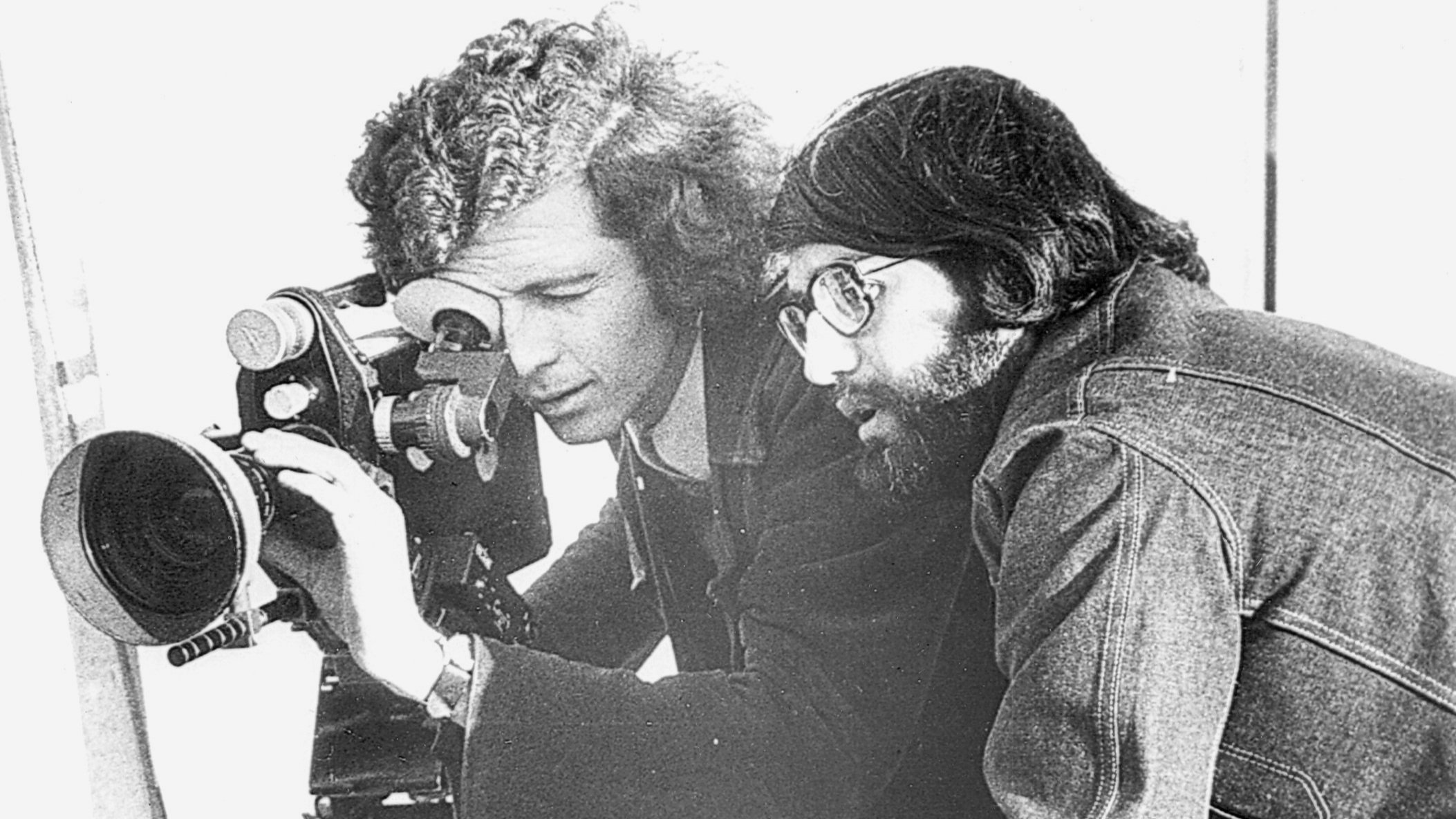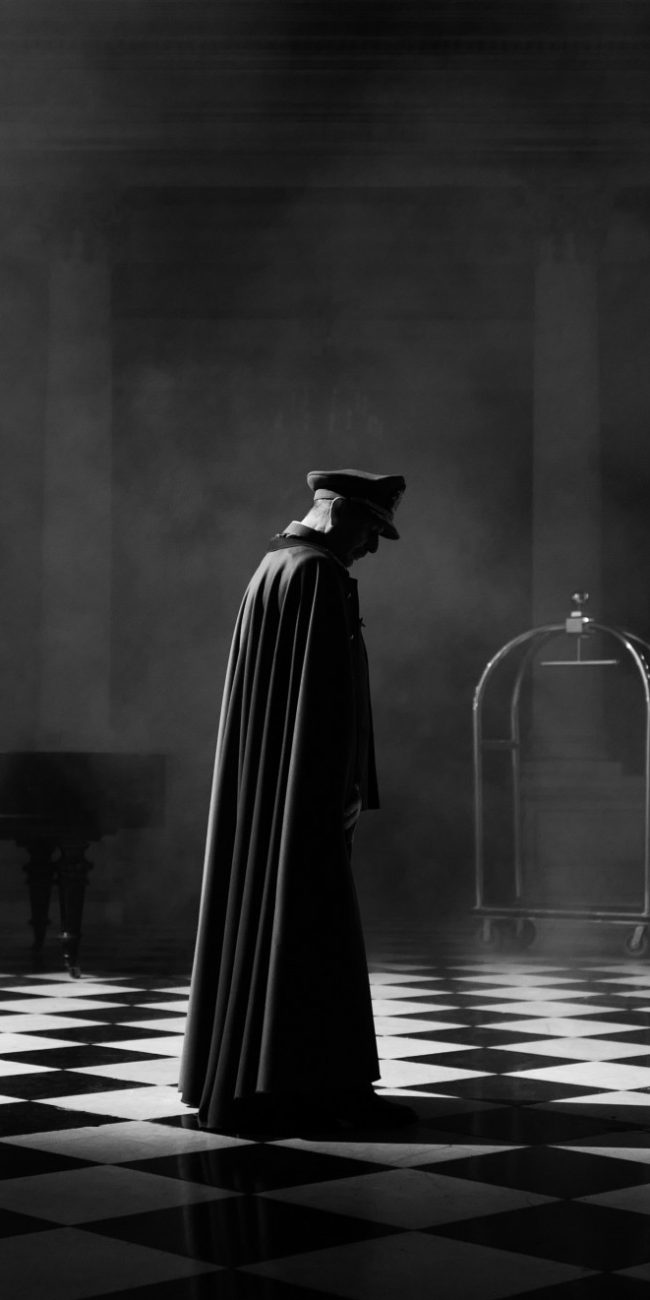A Conversation with Patricio Guzmán (Dreaming of Utopia: 50 Years of Revolutionary Hope and Memory)

Dreaming of Utopia: 50 Years of Revolutionary Hope and Memory was the outsized title for an equally ambitious nonfiction program presented throughout venues across NYC this past fall. In commemoration of “the first September 11th” – the 1973 coup d’état by the CIA-backed General Augusto Pinochet, which overthrew Chile’s democratically elected president Salvador Allende – Icarus Films teamed up with Cinema Tropical to present weeklong (newly restored in 4K) theatrical runs of Patricio Guzmán’s The First Year (1971), along with the exiled Chilean filmmaker’s critically acclaimed three-parter The Battle of Chile (1975-1979); as well as special screenings of Nostalgia for The Light (2011), The Pearl Button (2014), The Cordillera of Dreams (2019) and My Imaginary Country (2022).
And then in November IDFA likewise paid tribute to Chile’s great nonfiction icon, showcasing The First Year in its “Focus: 16 Worlds on 16” program (“reflecting on 100 years of 16mm since Kodak introduced this film format”). So to mark these momentous occasions I reached out to the now octogenarian, master documentarian himself to learn a bit more about his own historical journey. (Special thanks to Cinema Tropical’s assistant director Samuel Didonato who provided translation.)
Hammer to Nail: Since the retrospective was timed to the 50th anniversary of “the first September 11th” I’m curious to hear how filmmaking has changed for you over the past half century. Your oeuvre has certainly developed quite radically since your earliest days working with Chris Marker.
Patricio Guzmán: Really the greatest change is that it has gotten far easier to make films since I first started making them. Back then there were only 35mm and 16mm cameras that you could use. Now there are infinite ways to craft good quality films. And at a much lower cost, too.
HtN: I’m also curious about your use of the trilogy. Did this develop organically? Does working within a three-part structure make it any harder (easier?) to secure funding?
PG: My choice of structure has nothing to do with whether or not it gets me funding. It’s all about dividing the narrative well. I can do more than one film if the subject matter allows, because I believe some subjects deserve more than one film.
What I like about the trilogy is that it allows you to pace yourself, so that you don’t have to pack everything into one film; if you overload on the first part it becomes more methodical, and then it’s not for everyone. Once I see that a topic is so big that it can fill three films, well, that’s often the logical next step for me. It’s a matter of making my project everyone’s project.
HtN: What is your relationship to your characters post-production? Do you keep in touch with those whose lives and work you follow?
PG: It really depends. Sometimes I remain in contact with participants for a long time. Others disappear as soon as the the shoot ends, because they live in another part of the country, or a different country altogether. So they leave, they disappear.
Though even if they leave my life and we don’t stay in touch, I still consider them a friend. Characters have to be important enough to you that you become friends.
HtN: Having had such a long and illustrious career, do you ever have any regrets?
PG: Yes, I once made a terrible movie, The Rose of the Winds. It’s seriously bad. I made it right after The Battle of Chile and I was not very clear in terms of my vision. I ended up inventing this fantastical fiction film that takes place in the jungle with all these imaginary characters. It turned out, quite frankly, just terrible.
But I was the first to hide it, so really nobody has seen it. It was such a bad experience; one that started quite well with a group that ultimately broke up. I actually went into a crisis because of this. All in all, the film lost its meaning. It went out and then disappeared.
– Lauren Wissot











